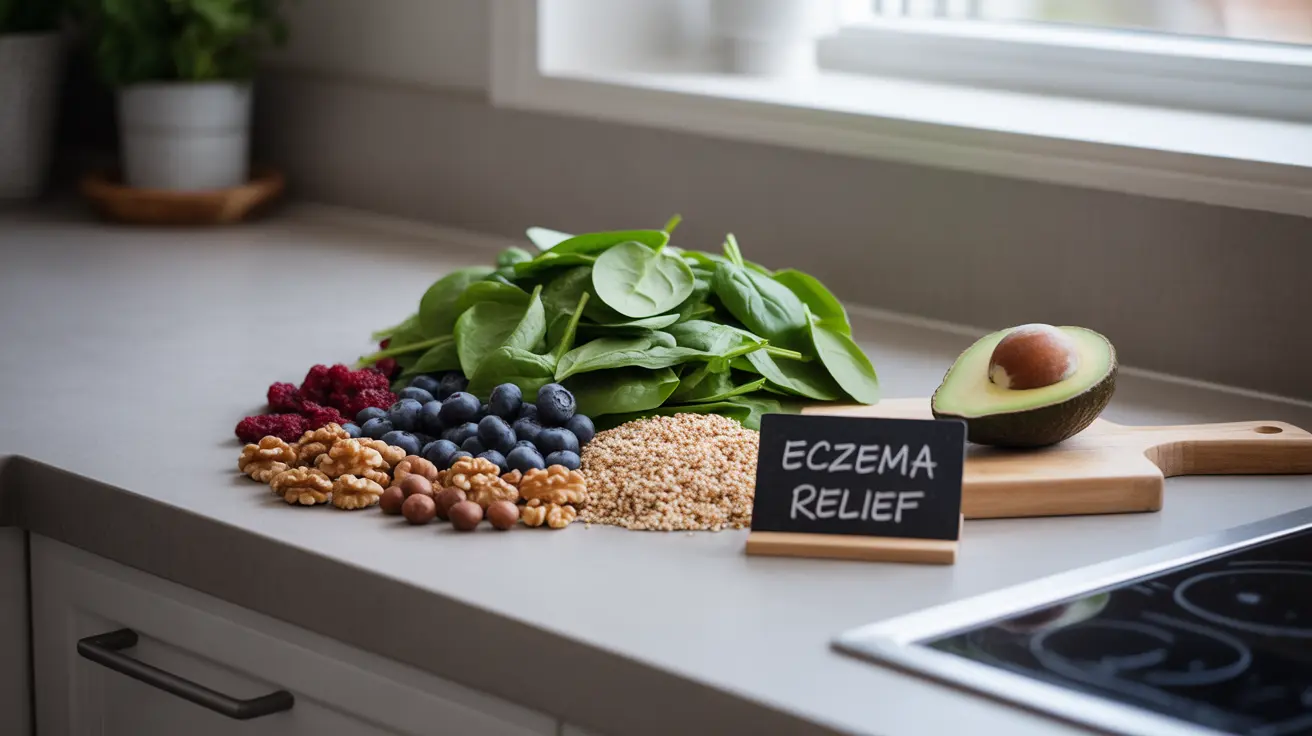Heartburn is a common digestive issue that affects millions of people worldwide. Despite its name, this burning sensation in the chest has nothing to do with your heart. Understanding what heartburn looks and feels like can help you identify it correctly and seek appropriate treatment when needed.
This comprehensive guide will explore the characteristic symptoms of heartburn, its common triggers, and how to distinguish it from more serious conditions. We'll also discuss effective management strategies and when to seek medical attention.
The Distinctive Sensations of Heartburn
Heartburn typically manifests as a burning sensation that starts behind your breastbone and may travel up toward your throat. This discomfort can range from mild to severe and often feels worse when lying down or bending over. The sensation might be accompanied by:
- A sour or bitter taste in your mouth
- Difficulty swallowing
- A feeling of food stuck in your throat
- Chest pressure or pain
- A burning sensation in the throat
Duration and Timing
Episodes of heartburn can last anywhere from a few minutes to several hours. They commonly occur after meals, particularly large ones, or when lying down shortly after eating. The timing and duration often depend on the triggers and your individual circumstances.
Common Triggers and Risk Factors
Understanding what causes heartburn can help you prevent episodes before they begin. Common triggers include:
- Spicy, fatty, or acidic foods
- Large meals
- Eating close to bedtime
- Certain beverages (coffee, alcohol, carbonated drinks)
- Smoking
- Pregnancy
- Being overweight
Foods That Often Cause Heartburn
Some specific foods are more likely to trigger heartburn symptoms:
- Citrus fruits and juices
- Tomato-based products
- Chocolate
- Mint and peppermint
- Onions and garlic
- Fried or greasy foods
Differentiating Heartburn from Heart Attack
While heartburn can cause chest discomfort, it's crucial to distinguish it from a heart attack. Heart attack symptoms typically include:
- Crushing chest pain or pressure
- Pain radiating to arms, neck, or jaw
- Shortness of breath
- Cold sweats
- Nausea and vomiting
- Dizziness or lightheadedness
If you're unsure whether you're experiencing heartburn or a heart attack, especially if you have risk factors for heart disease, seek immediate medical attention.
Managing and Preventing Heartburn
Several lifestyle modifications can help prevent and manage heartburn:
- Eat smaller meals throughout the day
- Avoid lying down for 2-3 hours after eating
- Maintain a healthy weight
- Wear loose-fitting clothes
- Elevate the head of your bed
- Practice stress-reduction techniques
Natural Remedies
Some natural approaches may help alleviate heartburn symptoms:
- Ginger tea
- Apple cider vinegar (diluted)
- Aloe vera juice
- Baking soda mixed with water
- Chewing sugar-free gum after meals
Frequently Asked Questions
What does heartburn typically feel like and how long does it last?
Heartburn typically feels like a burning sensation in your chest, often behind the breastbone, that can last from a few minutes to several hours. The discomfort may worsen when lying down or bending over.
What are the common triggers for heartburn and how can they be avoided?
Common triggers include spicy foods, large meals, lying down after eating, acidic foods, and certain beverages like coffee and alcohol. Avoiding these triggers, eating smaller meals, and staying upright after eating can help prevent heartburn.
How is heartburn different from a heart attack, and when should I seek medical help?
Unlike heartburn, heart attacks typically involve crushing chest pain, pain radiating to the arms or jaw, shortness of breath, and cold sweats. Seek immediate medical attention if you're unsure about your symptoms, especially if you have risk factors for heart disease.
Are there any natural remedies or lifestyle changes that can help manage heartburn?
Yes, natural remedies include drinking ginger tea, elevating your head while sleeping, maintaining a healthy weight, and avoiding trigger foods. Lifestyle changes like eating smaller meals and not lying down after eating can also help.
How can I tell if my heartburn is a symptom of a more serious condition like GERD?
If you experience heartburn more than twice a week, have difficulty swallowing, or find that over-the-counter medications don't provide relief, these could be signs of GERD or another serious condition. Consult a healthcare provider for proper evaluation and treatment.




